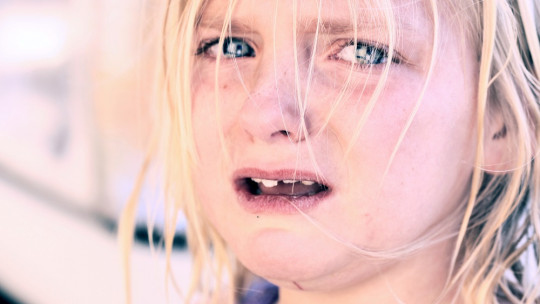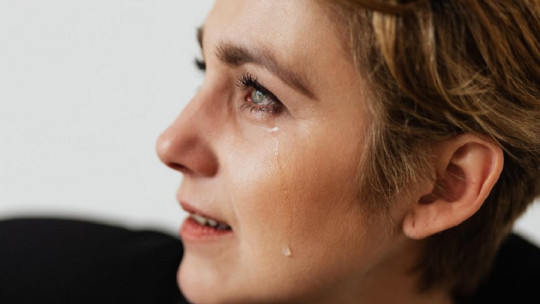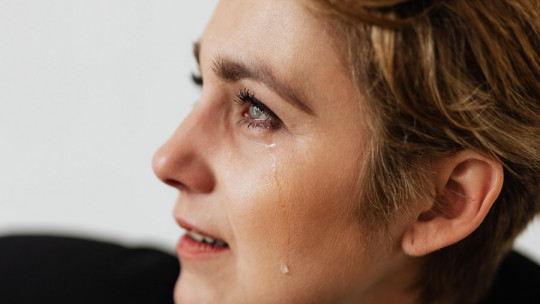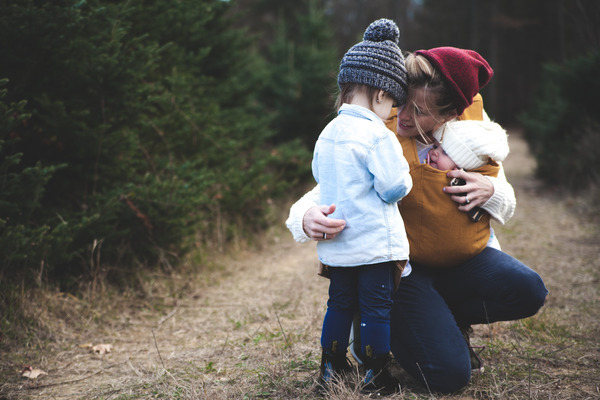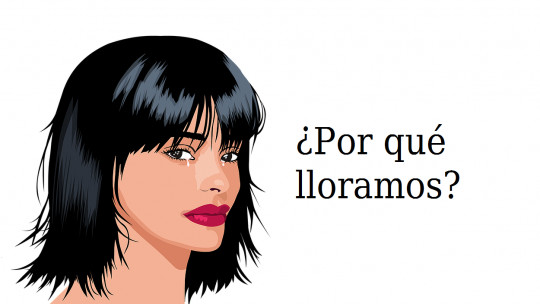
Babies and small children crying intensely. They cry because they are hungry, cold, afraid or in pain… They cry at school, at home, in the park and in the supermarket. Many of them cry all the time or several times a day. It is clear that in the absence of oral language, The crying mechanism allows children to demand the attention necessary for their care or express discomfort having a well-established adaptive function by obtaining, as a result, the help of the adult that satisfies their most basic needs.
This adaptive advantage, which guarantees the survival of the species by being a demand for help, especially in human babies, was already pointed out by Darwin in his research on the adaptation of species, as a universal phenomenon.
Why do adults cry?
Human beings have the capacity to cry from birth until death; however, throughout socio-emotional development, the crying mechanism modulates its evolutionary survival function, depending on the capacity for independence that it gains. That is to say, It is less common for an adult to cry because they are cold or hungry because its adaptive mechanism will have moved on to more complex and decisive mobilization functions, channeling its resources into the active search for its own food or shelter.
But then, and especially in the first world, why do adults cry, if their basic needs are covered? Do we cry less as adults because it no longer serves us? Why are there people more prone to crying and others who carry years without crying? Does crying do us good or is it an unhelpful expression of simple discomfort? What is clear is that we are not talking about a mere biological effect, but rather a complex mechanism in which physiological, psychological and social functions come together.
The biological function of tears
Biologically, tears are necessary for maintaining good eye health (eye lubrication, cleaning or protection from external agents) but they are also associated with powerful stimuli of an emotional nature, and not exclusively negative ones such as sadness, anguish, pain or frustration… but we also cry from joy or surprise.
Crying and its relationship with emotional health
The understanding of crying in adult humans and its relationship with emotional health has aroused great interest among experts and researchers. Some of the hypotheses that are being considered (even without empirical support) are that through crying a certain hyperactivity is released, helping to establish balance or reduce specific stress. It is true that many people express feeling more relaxed after crying, but this assessment cannot be generalized since many others do not notice changes in their emotional state or may even feel worse.
Thanks to research, it has been discovered that the components of tears are different depending on the agent that produces them, so that the tears we secrete when we peel an onion are chemically different from the tears we generate due to emotional tension. In addition to typical tearing There are other physical changes associated with emotional crying, such as redness of the face, sobbing, hyperventilation … “Emotional” tears are made up mainly of water, lipids, and other substances and differ from the others in that they contain a greater amount of hormones, which are usually associated with stress (prolactin, adrenocorticotropic and leucine enkephalins).
The importance of the autonomic nervous system
The control of crying depends on the parasympathetic branch of the autonomic nervous system, responsible for reestablishing a body state of rest or relaxation after an effort, a stressor, a danger or a large bodily function (for example, digestion). It has a complementary and antagonistic function to the sympathetic branch.
In the event of an alert or high levels of tension, the sympathetic branch would be activated preparing the organism for a possible fight or flight understanding that at that moment it is not smart to stop and cry, but rather to react to save one’s life or solve a problem.
For its part, the parasympathetic acts by inhibiting itself at that moment to later restore the normal state after the alarm. It is when the danger has passed that we can allow ourselves to relax and collapse. This explains why many people endure powerful stressors and strong emotional blows to which they react apparently well, and after a while the emotional breakdown occurs and crying breaks out.
Crying can help you relax
So can we say that crying helps you relax? For many people, we can say yes. It really is a form of emotional discharge that is necessary at times, very healthy and not at all harmful, which many prefer to reserve for doing alone. Other people prefer to cry with others. Although your claim does not refer to the other’s material resources, Crying allows you to express and make a request for help which generally obtains a response of emotional support from the environment.
Crying activates others’ capacity for empathy and emotional protection, reinforcing certain personal relationships and attachments (any shoulder is useless for crying).
Despite the important function of crying, it still remains in society, a barrier that protects us from this emotionality, as if it were something negative or that should be eradicated. Many people perceive themselves as vulnerable, weak, defenseless when they cry, having a negative effect on their self-image, which can worsen if they also do not obtain the comfort they expect or need.
Socially we have little tolerance for crying
Socially, We can say that we are not very tolerant of each other’s crying We know that they suffer and their lament hurts us. The natural reaction of consolation is to want to prevent the other party from this expression, whether by gender “men don’t cry”, “don’t be crybaby”, “crying is for girls”, or by right “don’t act like that”, “don’t cry”. ”, “tell me what you need but stop crying”, “it’s not worth crying about that”. These very common expressions only reflect the discomfort that the emotional expression of the other represents for one and the inability to sustain such intensity, such a request for help and emotional support that an adult needs.
Let’s leave a space and time to cry, let’s assume that its presence is necessary, let’s not feel committed to having to make the source of crying disappear, let’s not try to argue the reasons for not crying, simply let’s accompany this natural reaction and normalize its function and effect

